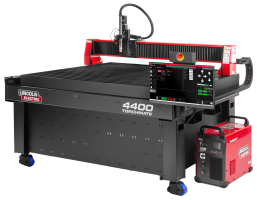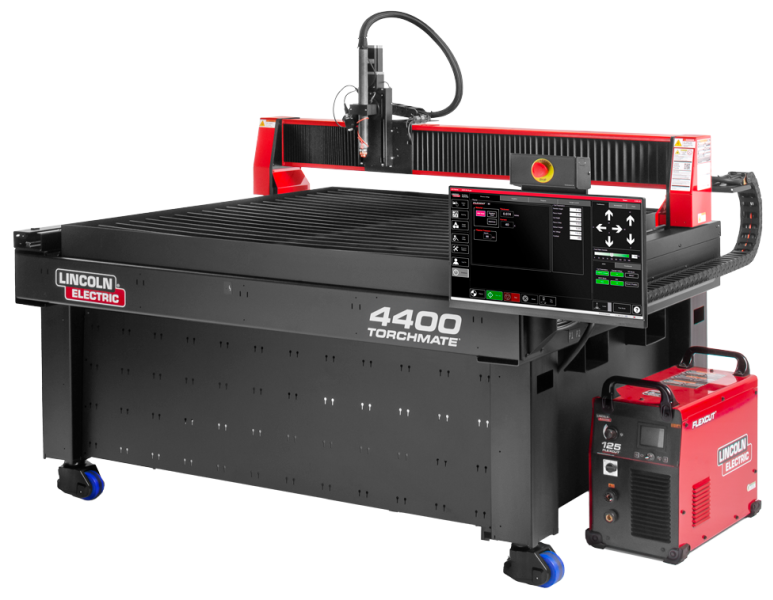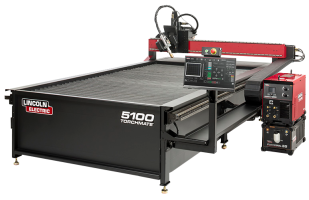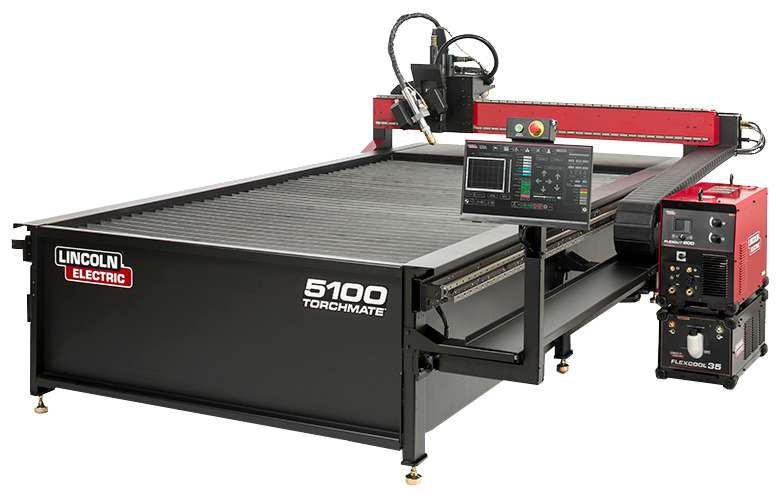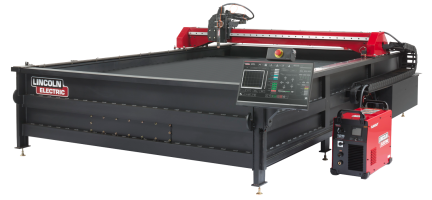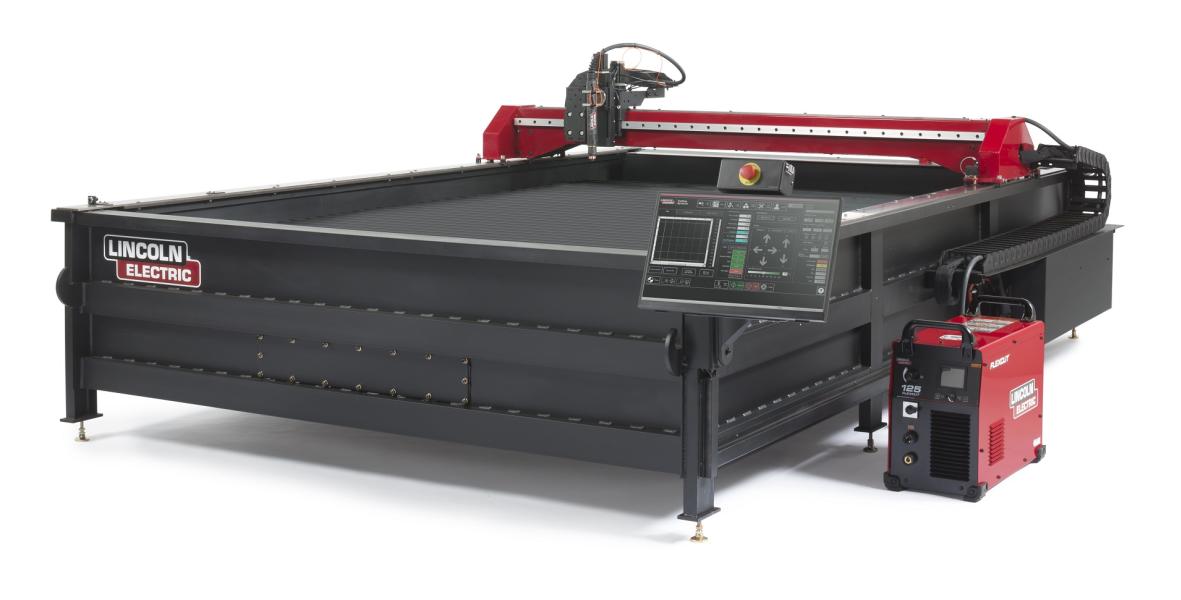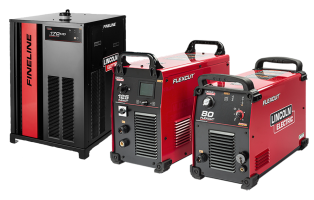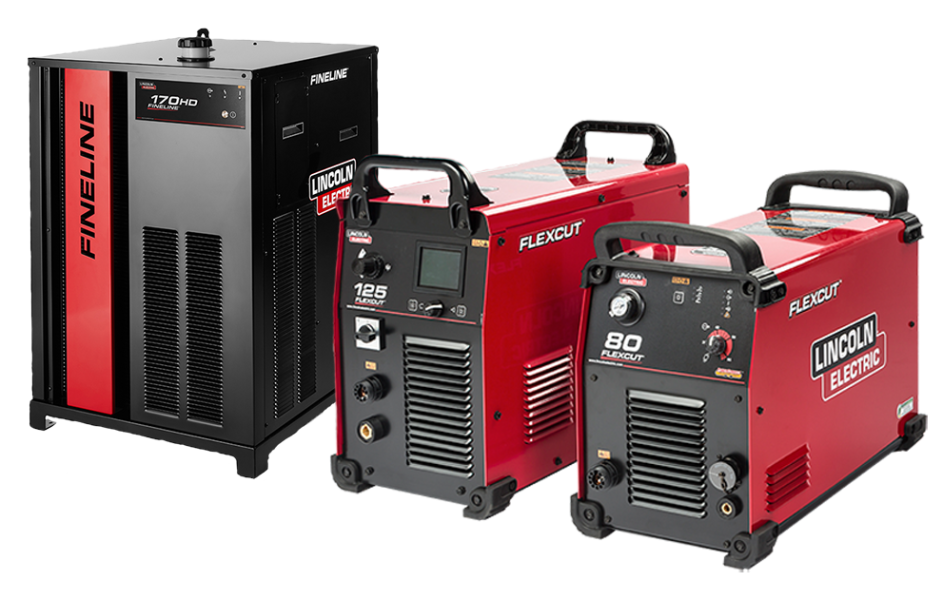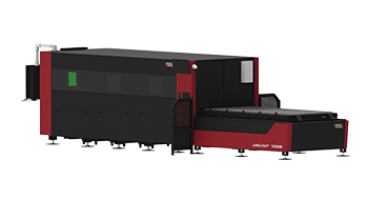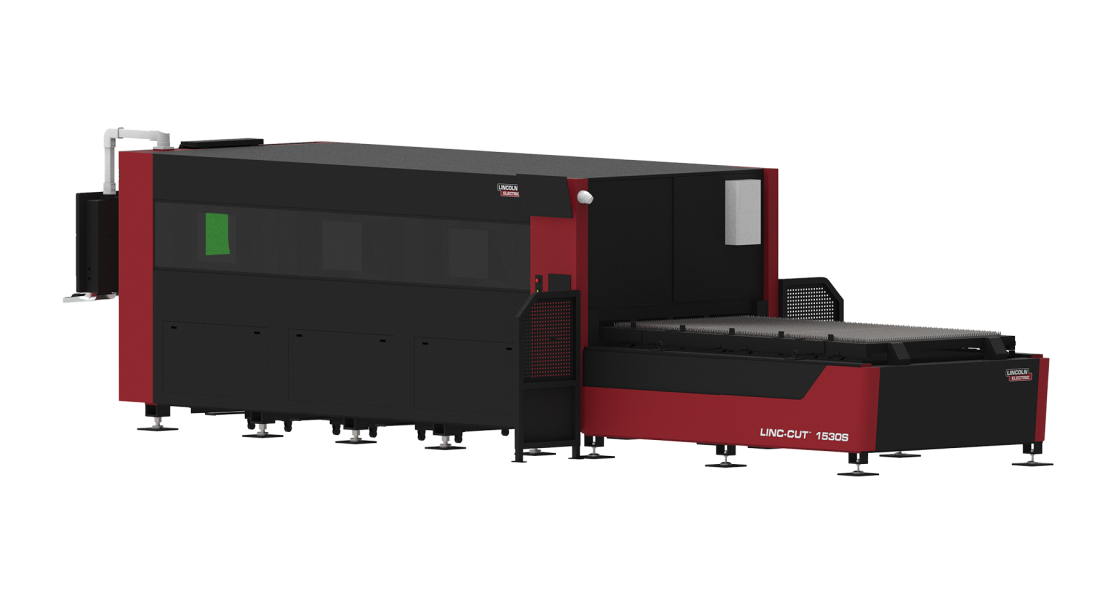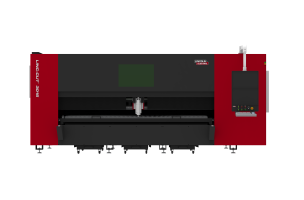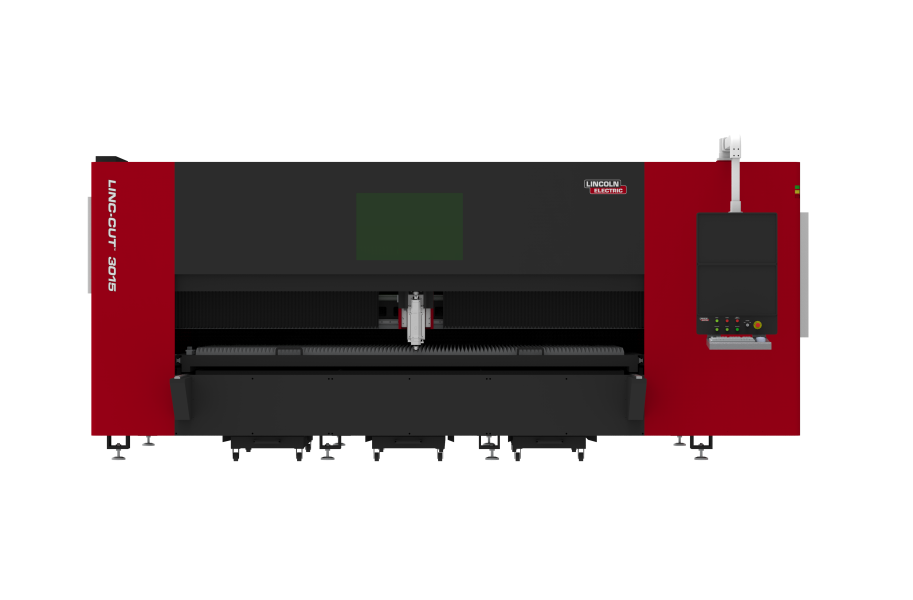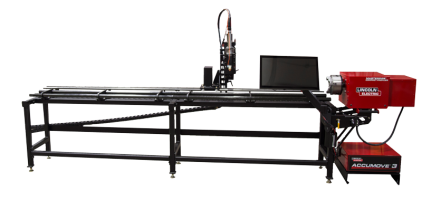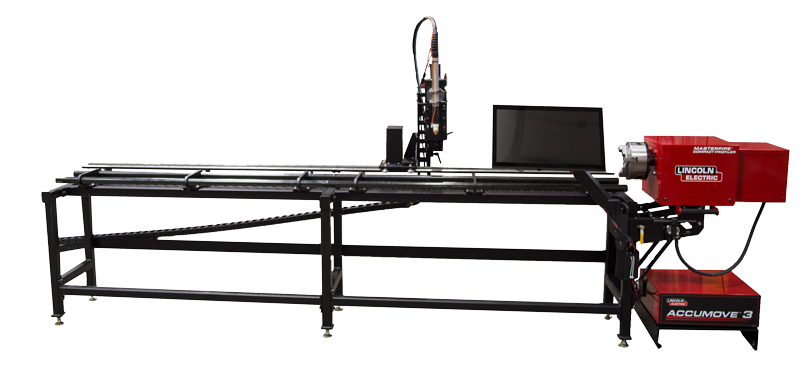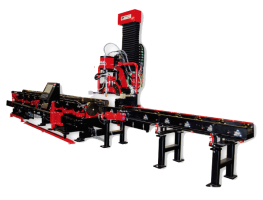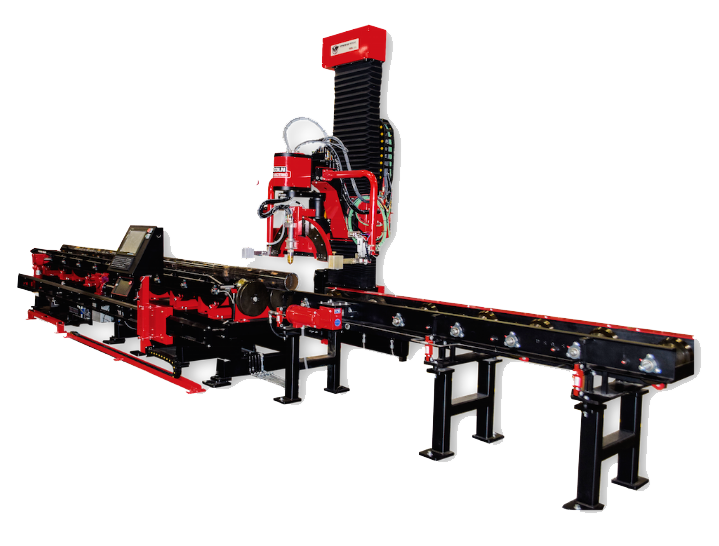Working with File Templates in Version 5
Start this project by opening the cdl file that contains this drawing template.
Using the Text compose tool, type a name, in a font style and size of your choosing.
Convert the text to a graphic image that the software can further help to manipulate by clicking on Arrange + Text to Graphics option. When the text is converted, resize the image by using the highlight nubs around the image, click and drag the entire text graphic to fit inside the specified area.
Zoom in on the image using the Zoom tool, then reposition the letters inside the graphic.
With the style of text used for this graphic, editing must take place in order for the interior pieces of some the letters to remain after cutting has been completed. Before editing, double click a line in the image, which will expose the blue nodes that make up each character. The Edit window will also appear anytime the nodes are exposed.
To allow the middle of the R to remain after cutting, manipulation of the character is necessary. Using the Segment Edit tool, create openings by clicking the red diamond associated with this tool on both ends of a specified break. When both ends have been established, the line between them will turn red. Use your Delete key to remove the line.
Do a similar segment edit to the inside line of the drawing.
Connect the gaps by selecting an individual node and dragging it towards a node to make a new connection. When the two nodes are directly on top of one another, right click and hold the mouse which will bring up the edit toolbox. In this toolbox are many options which you may use to control the appearance or change the function of the nodes associated with the image (refer to page 2-34 to 46 in the User Guide).
The editing result creates a bridge which allows the middle of the “R” to remain, thus the character is seen in a form close to the original font.
The “O” must also be edited otherwise the middle will fall away when the outside is cut.
Expose the nodes, create the gaps necessary, connect the new junction, and manipulate the nodes to smooth the appearance.
Similar editing will be needed for the “d” & the “a” (see below).
When both nodes are positioned together, the nodes will become green, and you can now use the toolbox to connect them together.
After making the connection, you can change the characteristics of the nodes to allow a smoother look.
The “a” also needs to be edited. This method allowed the bottom part to be manipulated to keep the other characteristics in place.
The results of all the editing are shown below.
With the editing completed, select all, click on the Arrange menu, and Make Path. Making a path helps the software to recognize the image as solid, with cuts allowing for the design to show through. This works similarly to the weld tool, however the weld tool is specifically designed to join two solid images together.
After make path has been utilized, use the “Show Fill” option in the view menu to see the final rendering. Images seen in black represent metal or other materials utilized.
The image is now ready to have a tool path applied to it. Click on the Machine menu, create tool path, and then select Male tool path. This type of tool path will allow the middle cuts to occur prior to the exterior cut. In the tool path template, customize the tool path, cutting direction, and lead in /out characteristics. The finished view should look similar to the example below.
Using the View menu, click on the fourth option from the top “Show Tool Paths”, this allows you to see the view of the tool path. When ready, go back to the view menu, and deselect the show tool path option. This will temporarily turn the tool path view off. Select the original image, use select all, and delete the image using the delete key on your keyboard. When the image is removed, return to the view menu, and click on the show tool path option once again. This is the image we want to export to the driver software. If you do not delete the original you may see more then one cut being made or the order of the cuts may be affected.
The next step is to Export the image. Select all, go to the File menu, and select Export. Save this file in a folder you can easily locate, name this file to be saved, save it to the folder in a DXF(LINE).dxf format, then click the Export button. A copy of this file will be exported to the folder specified.
Importing to the Driver Software
Open the Torchmate Driver software, go to the File menu, and select Import dxf. The window below will appear. Locate the folder which contains the file, select it, and then click the Open button.
This window is asking where you want the fgc or G-code file to be saved. The Torchmate Data folder is a great place to store all your fgc files, and allows easy access when opening a previously created fgc file. Push Save.
This configuration window will appear, and allow you to specify the changes that may need to occur in the fields shown in white. The Scale refers to the size of the object, where 1 = 100% of the size drawn in the Torchmate CAD/CAM, or where .5 = 50%, and 1.5 = 150%. Optimize Toolpath cannot be used with plasma.
Set your feedrate to a speed comparable for the material you are cutting. Thicker material requires a slower feedrate, likewise Thinner material requires faster feedrate.
For the Program Zero Location, the Lower Left of Toolpath option allows any location on the machine table to be your home position, which may be useful if cutting a lot of different shaped images individually. When finished entering the values in the fields, click OK.
Once the Import setup is completed, your image will appear similarly to the image below.
Notice that the interior pieces are being cut prior to the exterior, and that the editing performed is also being cut in the way which allows the characters to be recognized.
Once the Final cut has been made, check your results for imperfections, or areas which may need more editing to take place for better results. Return to the Torchmate CAD/CAM if more editing is necessary. To run the program again, click Reset, jog the machine to an area where fresh material is below the torch tip, zero out your program coordinates, and click Start to run the program again.
I hope that this has been a valuable learning experience. Please respond with any feedback that may make walkthroughs like these even more valuable and easier to understand.



